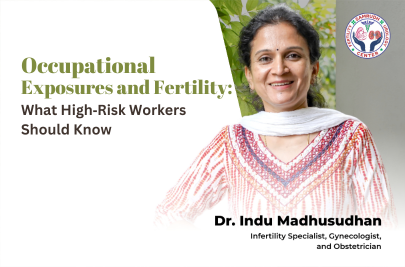In Vitro Fertilization (IVF) is a widely used assisted reproductive technology that helps individuals and couples achieve their dream of parenthood. As you consider or embark on your IVF journey, you may have many questions. Below, we address some of the most common inquiries about the IVF process.
| S. No | Question | Answer |
|---|---|---|
| 1 | What is IVF? | IVF (In Vitro Fertilization) is a fertility treatment where eggs are fertilized with sperm in a lab and then transferred to the uterus. |
| 2 | Who is eligible for IVF? | Couples with blocked fallopian tubes, male factor infertility, ovulation disorders, endometriosis, or unexplained infertility are candidates for IVF. |
| 3 | Can women of any age undergo IVF? | IVF is possible at various ages, but success rates decline after 35 years, and donor eggs may be recommended after menopause. |
| 4 | How long does an IVF cycle take? | A typical IVF cycle lasts 4-6 weeks, including ovarian stimulation, egg retrieval, fertilization, and embryo transfer. |
| 5 | How many eggs are retrieved per cycle? | On average, 8-15 eggs are retrieved, of which 70-80% are successfully fertilized. |
| 6 | What is ICSI and when is it used? | Intracytoplasmic Sperm Injection (ICSI) involves injecting a single sperm into an egg and is used in cases of low sperm count or motility issues. |
| 7 | What is the success rate of IVF? | Success rates vary by age: under 35 years: 40-50%; 35-37 years: 30-40%; 38-40 years: 20-30%; above 40: 10-20%. |
| 8 | How many embryos are transferred? | Usually 1-2 embryos are transferred to reduce the risk of multiple pregnancies, based on age and embryo quality. |
| 9 | Can IVF be done after menopause? | Yes, using donor eggs and hormonal preparation, IVF is possible even after menopause. |
| 10 | What are the common risks of IVF? | Risks include ovarian hyperstimulation, multiple pregnancies, ectopic pregnancy, and emotional stress. |
| 11 | Does IVF guarantee pregnancy? | No, IVF increases chances but does not guarantee pregnancy; multiple cycles may be needed. |
| 12 | How are embryos selected for transfer? | Embryos are evaluated for quality and genetic health; Preimplantation Genetic Testing (PGT) may be used. |
| 13 | Can lifestyle affect IVF success? | Yes, healthy diet, regular exercise, quitting smoking, limiting alcohol, and managing stress improve outcomes. |
| 14 | How is ovarian stimulation done? | Fertility medications stimulate the ovaries to produce multiple eggs, monitored by ultrasound and hormone tests. |
| 15 | What is a frozen embryo transfer (FET)? | FET uses embryos frozen from a previous cycle, which are thawed and transferred to the uterus. |
| 16 | Is IVF painful? | Egg retrieval may cause mild discomfort; hormonal injections may cause temporary side effects like bloating or mood changes. |
| 17 | How long after IVF can I take a pregnancy test? | Usually, a blood pregnancy test is done 14 days after embryo transfer. |
| 18 | Can IVF be repeated if it fails? | Yes, IVF cycles can be repeated multiple times, adjusting protocols to improve chances. |
| 19 | What is the role of the male partner during IVF? | Male partner provides sperm; in some cases, donor sperm may be used, and sperm health is tested prior to IVF. |
| 20 | How much does IVF cost in India? | Basic IVF cycles range from ₹1.5-2.5 lakh; additional procedures like ICSI or donor eggs increase the cost. |
| 21 | Can IVF be combined with fertility preservation? | Yes, eggs or embryos can be frozen for future use, ideal for delaying pregnancy or before medical treatments. |
| 22 | How do clinics monitor IVF progress? | Through ultrasounds, hormone tests, embryo assessment, and post-transfer pregnancy tests. |
| 23 | Is emotional support necessary during IVF? | Yes, IVF can be emotionally challenging; counseling and support groups improve mental well-being and coping. |
| 24 | Are IVF babies healthy? | Studies show IVF babies have similar health outcomes as naturally conceived babies, though regular monitoring is advised. |
| 25 | How do I choose the right fertility clinic? | Look for experienced specialists, advanced lab facilities, patient-centered care, and transparent success rate reporting. |









